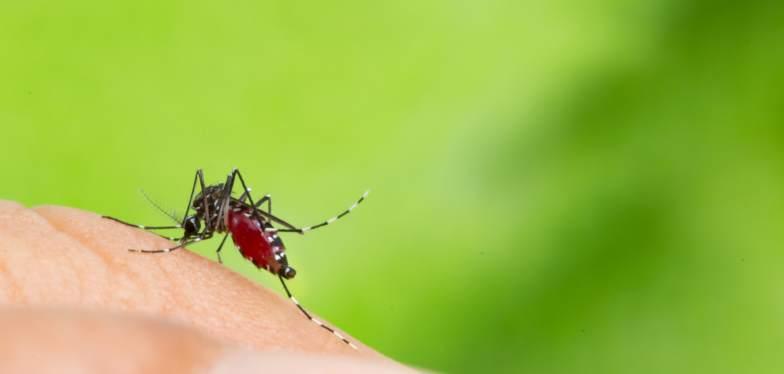ITM scientists map out the spread of exotic mosquitoes
There's no need to start panicking about the tiger mosquito, but we do need to be on our guard. After all, increasing mobility and climate change have a negative impact on the spread of exotic mosquitoes, which can cause tropical viral infections such as dengue fever, yellow fever, chikungunya and zika.

Even to the extent of large epidemics, such as the one that hit Latin America in 2016, when millions of people were infected with the zika virus.
Scientists at the Institute of Tropical Medicine (ITM) in Antwerp have put their heads together with other European colleagues on this subject. Their research, published in a leading scientific journal Nature Microbiology, resulted in a series of maps indicating the areas that the yellow fever mosquito (Aedes aegypti) and the Asian tiger mosquito (Aedes albopictus) are likely to inhabit in 2020, 2050 and 2080. It seems that they have been on the rise in all continents in recent years. We are also likely to come across them more frequently in Belgium in the future. Using these maps, we can monitor and control them more effectively to help prevent the spread of possible epidemics.
In fact, the first tiger mosquitoes were recently spotted in car parks in the south of Belgium. ITM researcher Dr Wim Van Bortel suspects that these have come from regions that are already colonised. However, there's no need to fear a virus outbreak just yet. But there is an increasing risk that the local spread of a particular virus will be caused as the population expands.
.